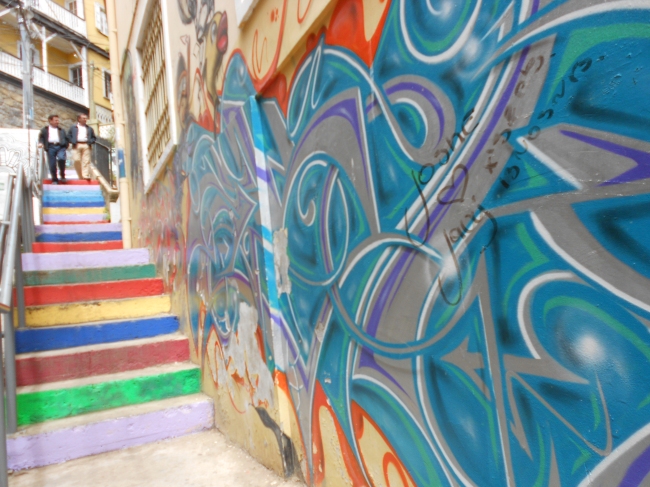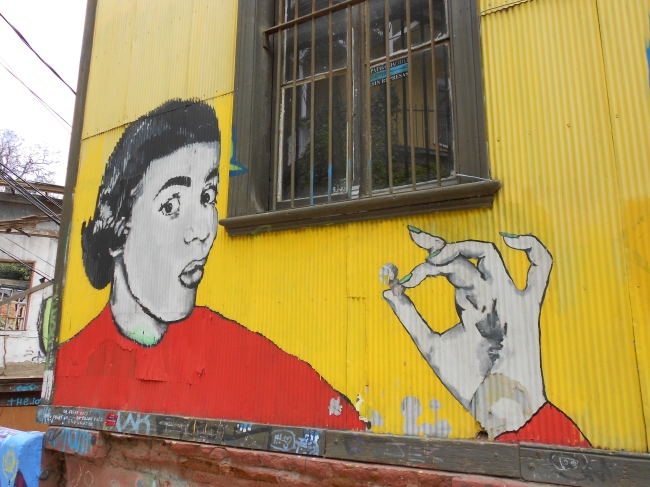I have three experiences that got me thinking about toys and how much should we be giving to our children.
First Experience : I worked caring for children for about five years. To me, there were marked differences between the children who had a lot of toys and the children who did not. The children who had a lot of toys, constantly needed more stimulation and by this, the interpretation was that they needed more toys. The children who did not have toys, were more involved. More involved in daily life of the adults, learned to entertain themselves and generally enjoyed life around them more. They discovered how lovely it is to walk bare feet on wet grass and how wonderful it is to just lay around feeling the sun on their skin. I was convinced that someday, when I have children I was going to raise them with very little toys.
Second Experience : Fast forward years later and I have my own little kiddo. Who is close to 7 months old. She recently played with another baby her age. I noticed the other baby did not have any toys. That baby was very observant of what the adults were doing, did not need constant attention and was happy to just discover the world around her. While my own 7 month old was demanding, seemed quite hyperactive compared to the other baby and needed her “stuff”. I almost cringed at the realization that my own child had too many toys and was barely a year old.
Third Experience : My little family and I were getting ready for our Saturday morning hike around the lake and my husband (who is American) takes our daughter’s toys and puts them in the stroller.
I ask “what are you doing?”
He says “She should have stuff”.
I say: “No, that is not necessary.”
He says “yes, it is. Or else she will get bored.”
I say : ‘I disagree with that. We are going on a hike. She should learn to enjoy family time and she certainly does not need toys on a hike. She loves looking at the trees anyways. It is setting us up for a lifetime of constant coddling with entertainment and STUFF…She does not need stuff” So we meet each other half way and carry her objects book along for the “just in case.”
And that conversation went in further and looked at the cultural differences between us and how we approach childcare. He saw the need for stuff. I saw the need for letting her enjoy life without it.
So here they are, my three different experiences in how and why I approach toys and childcare the way I do. My experience with raising other children, my own failure of not living up to an ideal I see as correct and needed, and the differences in my own multi-cultural family. He comes from a culture I view as quite materialistic. I want to avoid raising our own child that way and I believe it starts from early on.
I also believe children with more toys are trained to be less focussed. This can lead to all sorts of issues and behavioral problems. Diet is often seen as the main culprit for ADD and/or ADHD but what is often not taken into consideration when performing studies regarding the matter, is the hyper-availabilty of material things for little children. Children do not need all the “stuff”, they develop beautifully without it. Children who are thrown a room full of toys, generally do not use all that is available to them but instead end up restless, unfocussed and constantly needing something more. This is stressful for both parent and child.
My own childhood was quiet basic. I had little to no toys depending on age. Had I been bombarded with a room full of toys I would not have been as resourceful, imaginative and creative as I was. Think about all the toys sold in your country and marketed as “needed for child development” could it be that, that it is not necessary and has an adverse effect instead? Can an overwhelming option of toys be viewed as brain and social blocking as Television is? There is definitely not enough study done between the correlation of overwhelming amount of toys and attention disorders. But personally for me, and for a variety of reasons (promotion of focussed behaviour, encouraging individual authentic ideas and imagination, saving on costs, living a minimalist life, encouraging enjoyment through walks,active outdoor life and just enjoyment without stuff) I want to continue my journey of motherhood introducing as little toys as possible.
Thanks for reading.
HL.




















